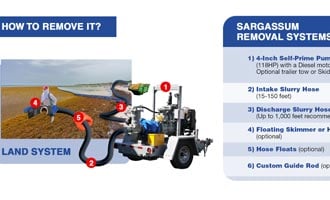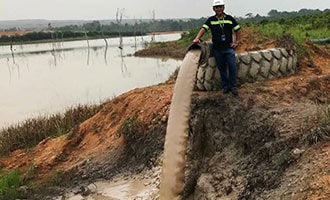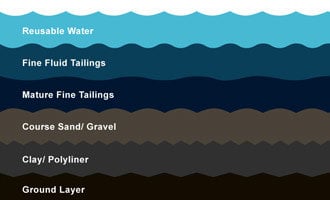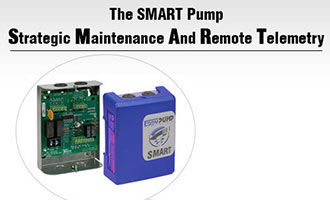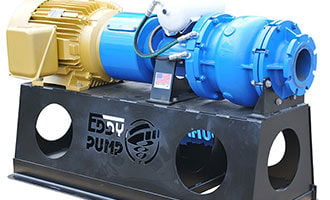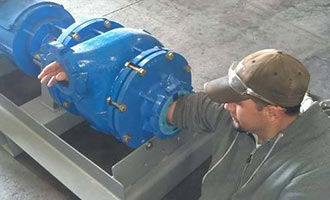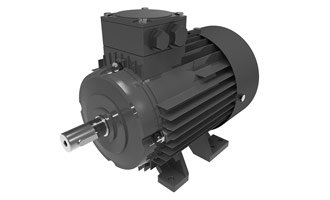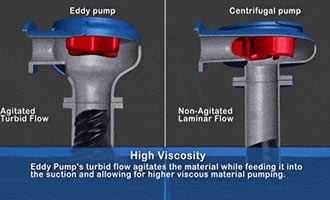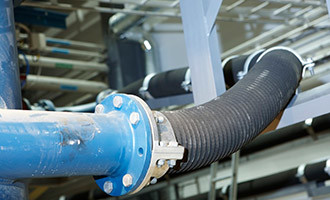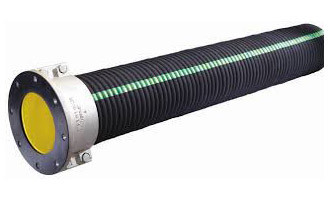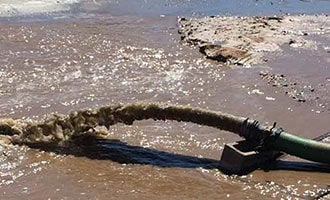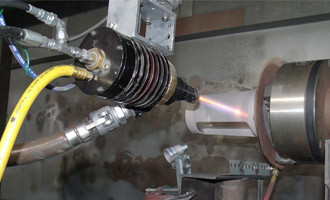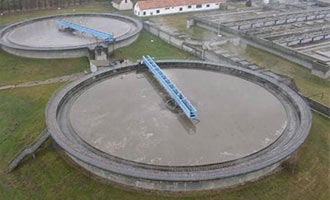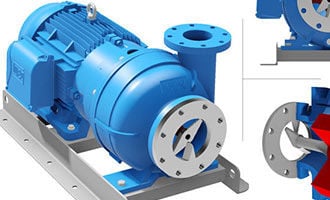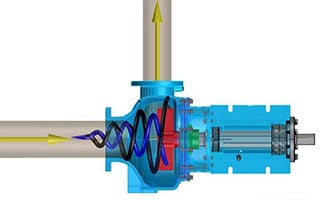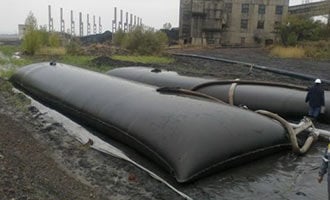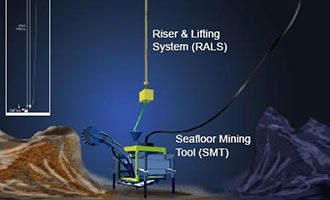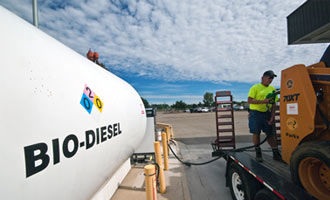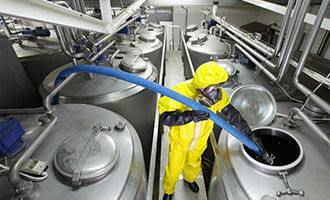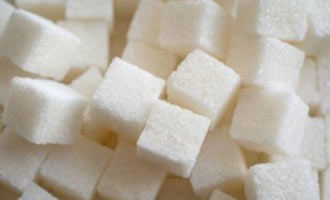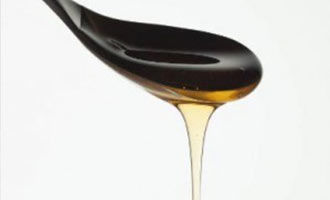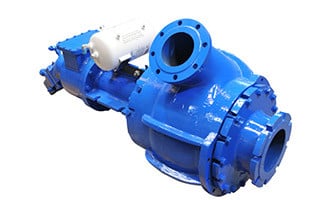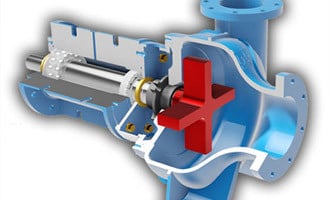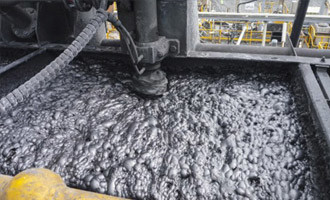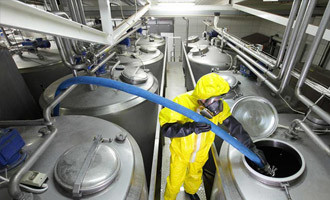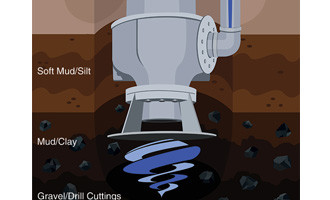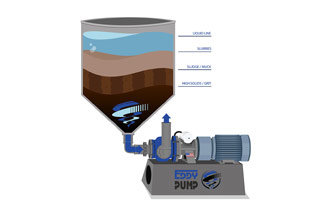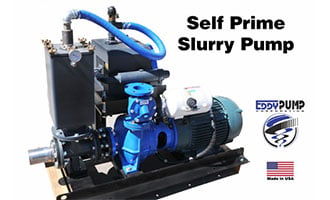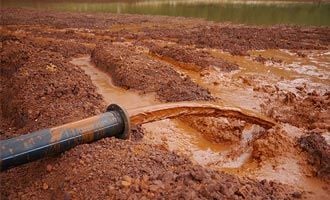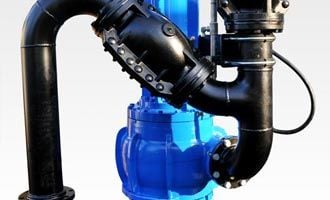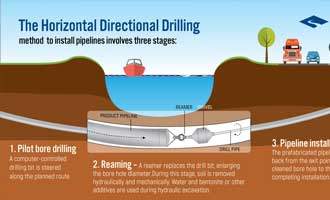Hydraulic Motors vs Electric Motors for Operating Slurry Pumps
Learn about the differences between using electric motors and hydraulic motors for slurry pump applications. Browse Our PumpsContact Us For a Fast QuoteFinding the right slurry pump for a particular application is only the beginning. Once a particular pump model and size is selected, it’s up to the system engineer to match the right motor to power it properly. Slurry pumps typically operate under challenging and heavy duty loads, the motors powering them must be up to the task. Both hydraulic and electric motors can work well for powering this kind of pump. With multiple benefits and requirements for each type of pump motor, an engineer must account for varying factors before matching the motor type to the pump application. The following considerations all play a role in deciding between electric motors and hydraulic units for slurry pumps.
Slurry Pump Motor Costs
Electric motors and diesel powered hydraulic power units vary in both upfront and ongoing operation costs. Electric motors, which are widely available for standard use, such as slurry pumping, are available at a reduced cost. However, the actual electrical power system tends to require additional pieces of equipment, the entire pump power system may cost more when it is built around an electric motor.
Electric motors and hydraulic power units also require greater maintenance and thus higher costs. As long as an electric motor is properly sized and operated under an approved load level, it can run for years with little interruption or maintenance. On the other hand, hydraulic generators are powered by liquid fuel, however, they need routine cleaning, filter replacements, tune-ups, fluid changes, and more.
Yet electric motors can still cost more if there’s an emergency, such as an overload that causes a stall, as this type of event will destroy an electric model and necessitate full replacement. The increased durability and better response to load changes offered by the hydraulic motor lower the expected replacement cost for the pump system over the long run.
Slurry Pump Motor Size
Electric motors are best used for relatively low torque situations. Since slurry pumping requires high peak amounts of torque when solids pass through the pump, the system needs a large electric motor to handle the highest possible demands for power. Since sludge and slurry operations already tend to take up a great deal of space, finding room for a massive motor is sometimes impossible.
In contrast, hydraulic motors are easily designed to produce high levels of torque in a much smaller package. When there’s limited space or perhaps limited financial budgets, hydraulic power units are the better choice.
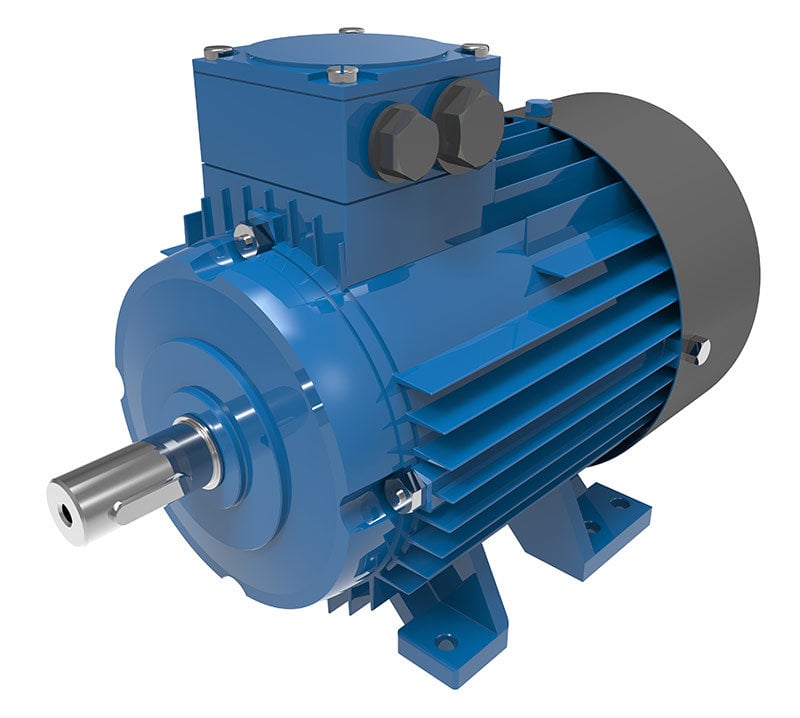
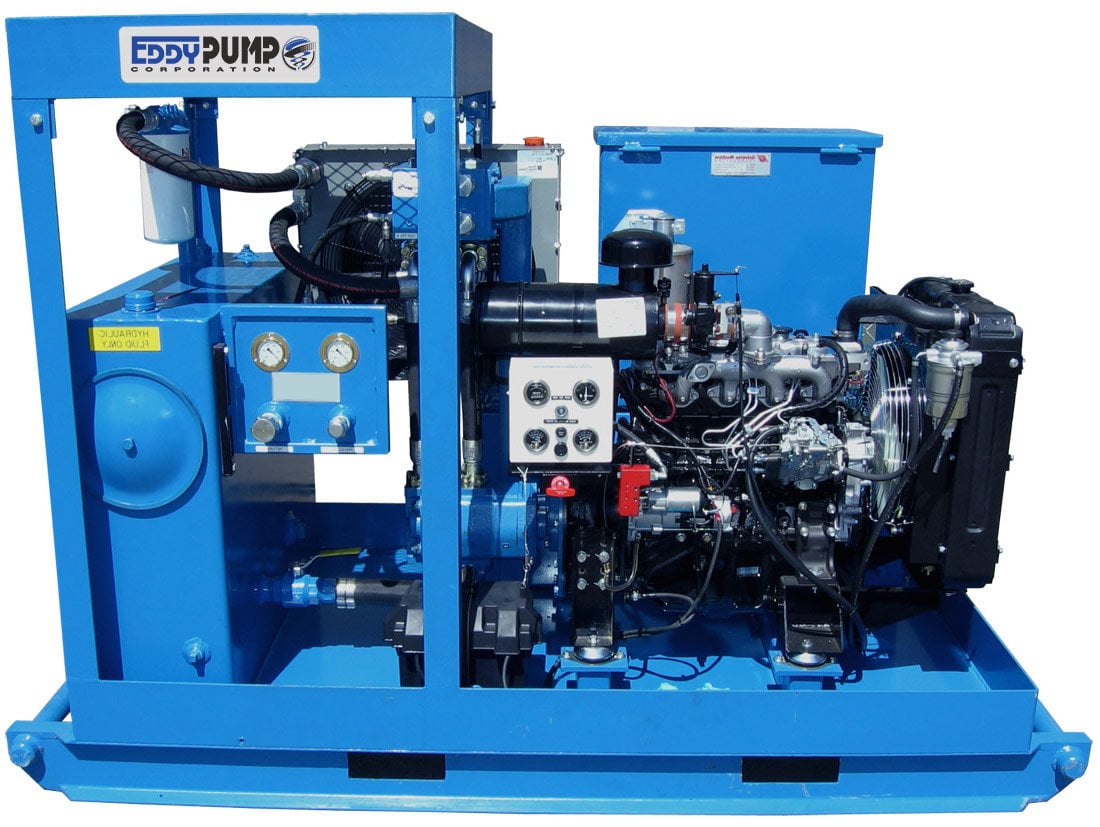
Environmental Conditions
The difference in how hydraulic and electric motors generate power will determine how well each type of motor handles challenging conditions. Electric motors use magnets and copper wire windings to create electricity. These windings change resistance when covered in fine dust or moisture, and salt spray results in corrosion.
Hydraulic motors are powered by separate diesel engines which generate power by burning liquid fuel (gas or diesel) to compress hydraulic oil inside of a cylinder that powers the pump. Hydraulic oil is a fluid designed to resist compression with the result of moving pistons that can power practically anything. With no electricity being generated and no delicate windings involved, hydraulic power units work well in the dirtiest and most challenging environments. Hydraulic power units are also enclosed and operated at a distance from the actual pump, keeping them clean. They’re also the best choice for submerged installation since hydraulic units are more easily sealed than electric motors.
Challenges that develop during the slurry pumping process also pose a risk to the motor itself. When the load on the motor increases dramatically, both hydraulic and electric models will eventually stall. The hydraulic system will usually start back up again with no damage, while full stalling usually leads to severe damage in an electric motor. With slurry pumps capable of causing sudden load changes, it’s hard to prevent damage to an electric motor without oversizing it.
Secondary Equipment
When it comes to operating a slurry pump, it’s never as simple as hooking any motor directly to the pump and getting good results. With slurry pumping causing dramatic changes in power demand during normal operation, both electric and hydraulic motors require secondary equipment for proper pump operation.
In general, hydraulic power units are relatively easy to connect to slurry pumps with few other accessories. These units tend to include governors and other built-in features that help the diesel engine scale to the demand of the pump with few extra parts. If more control is needed for precise slurry movement, programmable logic controllers (PLCs) are easily integrated.
Most electric motors require some kind of step-down controller that is placed between the motor and the pump. This is because A/C motors, the most common kind of electric models, only generate a fixed amount of power. Since moving a slurry with mixed solids leads to rapid changes in demand for power, variable frequency drives (VFDs) are often necessary, especially for the large 3-phase motors used for pump operation.
How to Size the Motor
Regardless of which type of motor the engineer chooses, picking a specific model that is capable of handling a slurry pump’s requirements requires the same calculations. Start by determining the various input factors, such as the flow rate in gallons per minute and the desired amount of pressure. This allows the engineer to choose the right pump, which they can then check for required RPM and torque numbers. Avoid trying to size a motor’s maximum operating output directly to these requirements; instead, pay attention to the optimal operating range. This range is often only 50% of peak possible power output. Keeping the motor in that range as much as possible during pump operation results in reduced wear, a longer lifespan, and fewer equipment failures that lower productivity.
Conclusion
If you’re unsure of what motor would suit your pump application the best, our engineering team can help you select the best option based on the variables presented. For more information on our pumps or motor selection help, give EDDY Pump a call at 619-404-1916.
Why EDDY Pumps Are Better – Highlights
This video shows how EDDY Pump transports high slurry and abrasive materials. Featured dredge pump equipment includes the Remote Operated Subdredge, Diver Operated Pump and a Excavator Attachment Dredge Pump.
Order or Get Selection Help
Let our sales or engineering support help in your grit pump and wastewater equipment selection. Call (619) 258-7020
Why EDDY Pumps Are Better - Highlights
This video shows how EDDY Pump transports high slurry and abrasive materials. Featured dredge pump equipment includes the Remote Operated Subdredge, Diver Operated Pump and a Excavator Attachment Dredge Pump.


